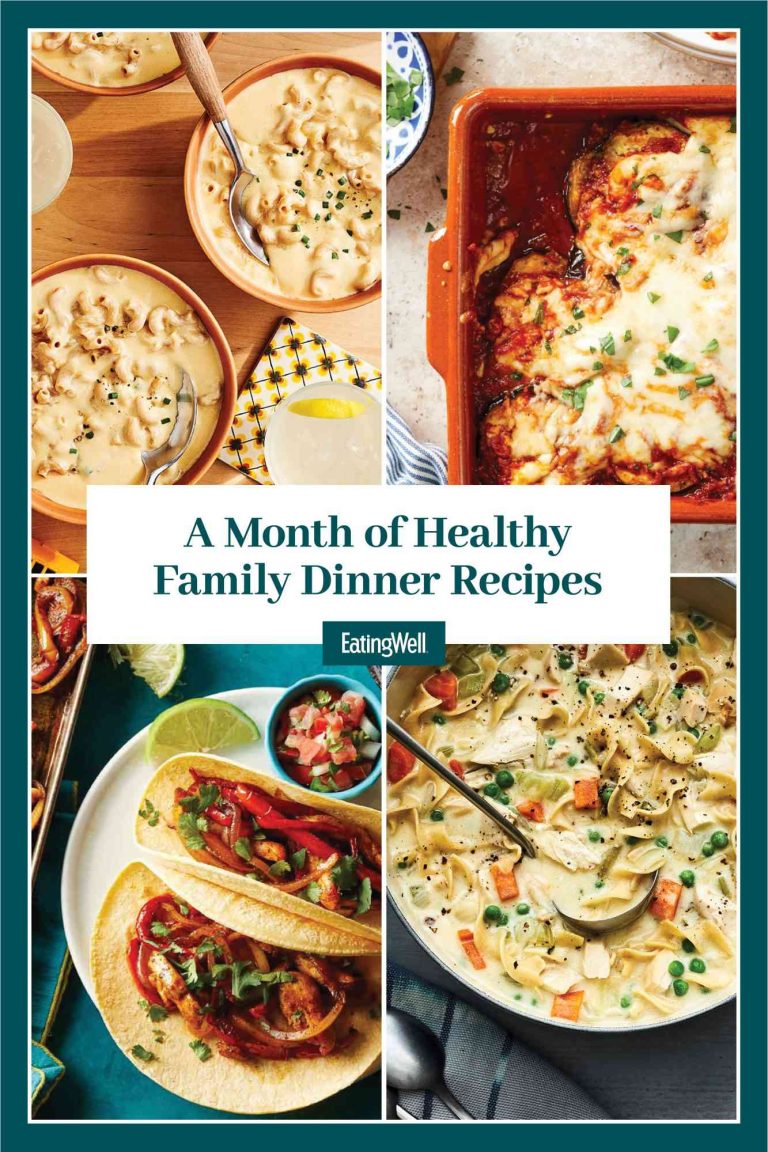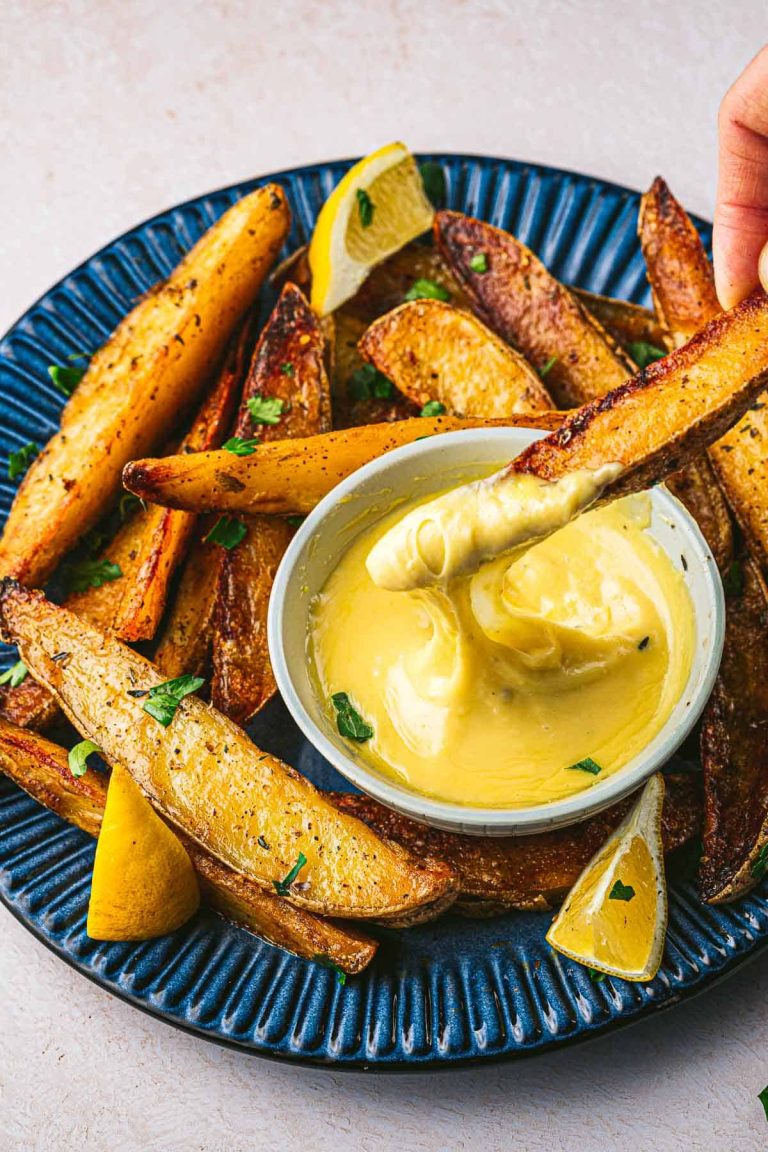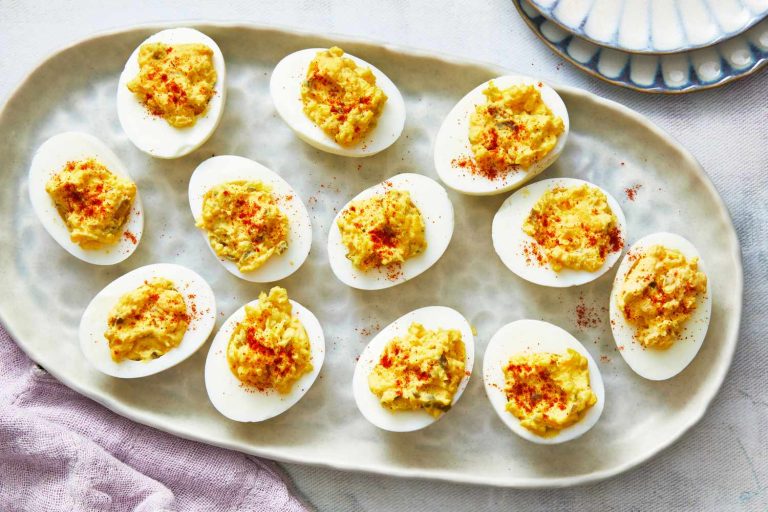Gluten Free Cornbread Recipes: Sweet, Savory, and Simple Variations
Gluten-free foods don’t contain the protein gluten, found in grains like wheat, barley, and rye. People with celiac disease or gluten sensitivity choose gluten-free options to avoid adverse health effects. The ingredient label on gluten-free products ensures they’re safe for consumption, preventing cross-contamination with gluten-containing grains.
The Cornbread Basics
Cornbread, a simple yet tasty bread, uses cornmeal as its main ingredient. Traditional cornbread may contain wheat flour, making it unsuitable for a gluten-free diet. However, gluten-free cornbread replaces wheat flour with gluten-free alternatives like rice flour, almond flour, or sorghum flour. Other essential ingredients include eggs, milk or dairy substitutes, and baking powder, which help the bread rise and achieve a fluffy texture. Sweeteners like sugar or honey add a hint of sweetness, while butter or oil ensures the cornbread stays moist.
Ingredients Used in Gluten Free Cornbread
Gluten Free Flours
Gluten-free flours provide structure and firmness to cornbread. Common choices include rice flour, almond flour, and sorghum flour. Rice flour offers a neutral taste, making it versatile. Almond flour adds a nutty flavor and richness. Sorghum flour enhances chewiness and adds a mild sweetness. Combining different flours can improve texture and flavor complexity.
Additional Ingredients for Flavor and Texture
Other ingredients enhance the taste and mouthfeel of the cornbread. Eggs act as binders, contributing to the bread’s structure. Non-dairy milk, such as almond or soy milk, keeps the recipe suitable for those avoiding dairy. Sweeteners like honey or maple syrup provide natural sweetness. Baking powder ensures the cornbread rises well, resulting in a light, airy texture. Cornmeal remains the staple, giving the bread its distinctive flavor and grainy texture. Butter or oil adds moisture, preventing dryness.
Benefits of Gluten Free Cornbread
Health Benefits
Gluten-free cornbread offers several health advantages. It suits individuals with celiac disease or non-celiac gluten sensitivity, preventing adverse reactions like bloating, diarrhea, and fatigue. It helps maintain a healthy digestive system as it reduces inflammation caused by gluten. Cornmeal, a primary ingredient, is high in fiber, promoting digestive health and keeping you feeling full longer. Gluten-free cornbread often incorporates alternative flours like almond or rice flour, which are rich in essential nutrients like magnesium and vitamin E, supporting overall health.
Dietary Inclusion
Including gluten-free cornbread in your diet expands meal possibilities, adapting to various dietary preferences and restrictions. It’s a versatile option for people following gluten-free, paleo, or low-carb diets. You can easily modify recipes to accommodate other dietary needs, such as using dairy-free milk for lactose intolerance. It makes an excellent side dish or snack, providing a nutritious, satisfying alternative to traditional wheat-based products. With gluten-free cornbread, you can enjoy traditional comfort food without compromising your health or dietary requirements.
Baking Tips for Perfect Gluten Free Cornbread
Choosing the Right Ingredients
Select high-quality cornmeal free of gluten contamination. Using certified gluten-free cornmeal ensures safety if you have celiac disease or gluten sensitivity. Choose complementary flours such as rice flour, almond flour, or a pre-made gluten-free blend. These flours provide structure without compromising the bread’s texture.
Incorporate binders like eggs and xanthan gum. Eggs add moisture and stability, while a small amount of xanthan gum mimics gluten’s elasticity. Opt for dairy-free milk substitutes such as almond milk or oat milk, which work well in gluten-free recipes. Use natural sweeteners like honey or pure maple syrup to enhance flavor without refined sugars.
Baking Techniques and Times
Preheat the oven to ensure an even baking temperature. Use a cast-iron skillet for a crispy, golden crust or a baking dish for uniform slices. Grease the skillet or dish well to prevent sticking. Mix the batter only until ingredients are combined. Overmixing leads to dense, tough bread.
Adjust baking times based on your pan. A standard 8-inch skillet typically requires 20-25 minutes at 375°F (190°C). Monitor the cornbread by inserting a toothpick into the center; it should come out clean when fully baked. Cool the bread in the pan for at least 10 minutes before slicing to allow it to set.
Popular Gluten Free Cornbread Recipes
Classic Gluten Free Cornbread
Classic gluten-free cornbread offers a timeless taste with simple ingredients. Start with cornmeal and a gluten-free flour blend, ensuring the mix is free of wheat, barley, and rye. Add eggs for binding, dairy-free milk or buttermilk for moisture, and a bit of sugar to balance the natural corn flavors. Baking powder aids in leavening, making the bread light and fluffy. Example brands for gluten-free flour blends include Bob’s Red Mill and King Arthur Flour. Preheat the oven to 375°F, and bake for 20-25 minutes until golden.
Sweet and Savory Variations
Sweet variations enhance the classic recipe with added ingredients. Honey, maple syrup, or molasses can replace sugar for a richer taste. Including shredded coconut or berries introduces unique textures and flavors. Alternatively, for savory twists, incorporate ingredients like chopped jalapeños, shredded cheddar cheese, or herbs. These additions can create a cornbread suitable for different meals, from breakfast to dinner sides. Use combinations like jalapeño-cheddar or rosemary-garlic to diversify your culinary options. Adjust baking times slightly depending on added moisture or density from these ingredients.
Conclusion
Creating gluten-free cornbread doesn’t have to be complicated. With the right ingredients and a few simple adjustments, you can enjoy a delicious and versatile dish that caters to various dietary needs. Whether you prefer a classic recipe or want to experiment with sweet or savory variations, gluten-free cornbread is a tasty addition to any meal. So grab your cornmeal and gluten-free flour, and start baking your way to a flavorful and inclusive cornbread experience. Your taste buds and your health will thank you.






